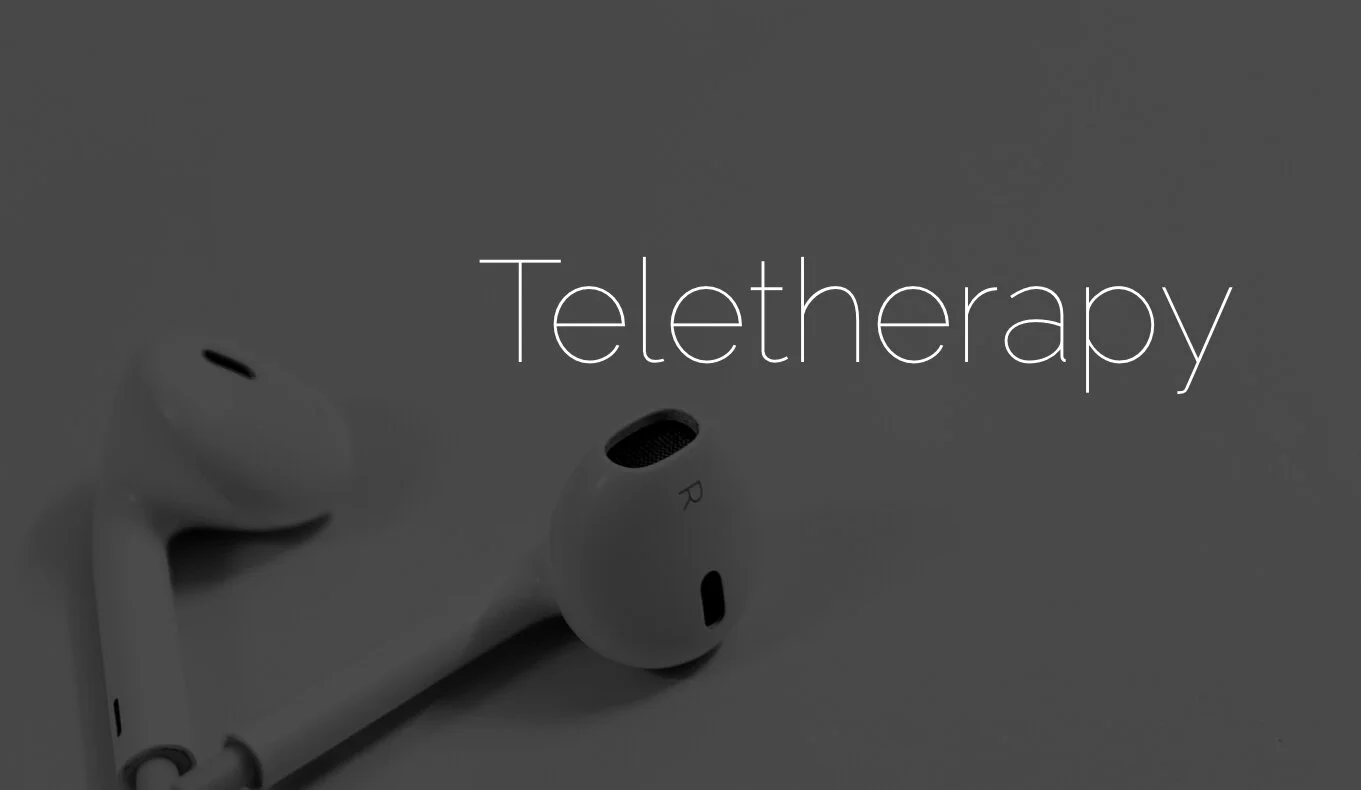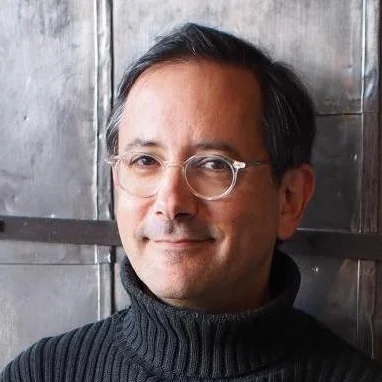I’m elated to share this interview that the author Rick Moody conducted with me for Salmagundi Magazine. Although it was prompted by the release of my debut album, we talk about so much more. Really it’s an article about the various ways that music is an essential part of life. Throughout, I’m given the chance to elaborate on my own musical health practice, and how composing and performing music is an extension of my work as a therapist.
Teletherapy Best Practices
The Way We Live Now: Online Psychotherapy
Psychotherapy is suddenly moving online, an unfamiliar and scary place for some people. Because I spent decades as a radio broadcaster before becoming a therapist, distance communication feels like home to me.
Social media often seems to do more harm than good, especially when it comes to spreading misinformation and conspiracy theories. And more and more it feels as if it’s impossible to get someone’s full attention when you’re trying to have a deep conversation.
In some ways, online psychotherapy is the next best thing to being there, but in other ways it’s even better. Being able to speak directly into someone’s ear grants us a kind of intimacy that is not possible in our in-person relationships.
Technology offers us the gift of human connection that we need to survive. If we give some thought about how to best adapt it to our needs, we can be there for one another when we need it most.
I am now providing online psychotherapy to residents of New York state (more info here) and have started writing a series of posts for Psychology Today about teletherapy best practices. Part 1 (click here) explains why it is indeed important to wear earbuds. Stay tuned for future installments with ideas for how to make the teletherapy experience better for everyone.
You've Always Had the Power to Go Back to Kansas
“What internal resources do you have to draw on?” (Although I asked this of a patient in a medically managed detox facility, the question is equally relevant to someone with any number of issues, including depression and anxiety.) The patient looked at me as if I were speaking Martian. Then he launched into a story he had told many times about all the things that were wrong with him.
“I was proposing an alternative to the disease model, drawing on an approach to psychotherapy that is typically called resource-oriented. How does it work? Very much like the plot of the MGM classic The Wizard of Oz.”
“Stop,” I said. “During the other 23 hours of the day you can beat up on yourself. Right now I’m asking you to identify what strengths you can build on.” He had no way of answering the question because the meetings he attended—and the culture at large—reinforce a narrative that he suffered from a character defect.
I was proposing an alternative to the disease model, drawing on an approach to psychotherapy that is typically called resource-oriented. How does it work? Very much like the plot of the MGM classic The Wizard of Oz.
Everyone knows the story of Dorothy and her friends, who all have something in common. The Scarecrow, Tin Man, and Cowardly Lion are driven by a belief that they lack some crucial quality, and that it’s their defects that keep them from living life to its fullest. Like the patient in detox, they repeat negative beliefs they hold about themselves, for example, “I’m a failure because I haven’t got a brain,” and, “The tinsmith forgot to give me a heart.” In their culture, the message they get from everyone around them is that their problems will be solved if they go see an expert.
That expert—the Wizard—turns out to be a sort of resource-oriented therapist. He sends them away, telling them to come back only if they bring him the Wicked Witch’s broomstick. And that’s where the work of therapy happens. The Wizard’s challenge turns out to be a test of the brain, heart, and courage they were convinced they didn’t possess.
As the story nears its end, the Wizard tells Dorothy something that at first seems cruel: “You don’t need to be helped anymore. You’ve always had the power to go back to Kansas.”
The Scarecrow is incensed. “Why didn’t you tell her?”
“She wouldn’t have believed me,” the Wizard says. “She had to learn it for herself.”
Perhaps because the Wizard of Oz is an extended dream sequence, I see a particular connection to EMDR (Eye Movement Desensitization and Reprocessing), which, some people theorize, may derive its benefit from mimicking the adaptive memory sorting function of REM sleep. Originally a technique built around eye movements, EMDR has evolved into a fully developed form of psychotherapy endorsed by the World Health Organization not only for single-event trauma—for example, being wounded in combat—but also for chronic trauma, such as childhood abuse and neglect. In addition to eye movements, therapists may use auditory or tactile stimulation. (As a board-certified music therapist, I focus on using auditory stimulation and compose original music specifically for use in EMDR.)
EMDR was conceived by Francine Shapiro, who died in June of 2019. The New York Times ends its obituary by quoting Shapiro in a spot-on description of resource-oriented therapy: “Many people become therapists feeling like they have all the answers and they are going to be the ones to tell the client what to do. With EMDR, it’s important to develop a healthy respect for the healing potential of people and to learn to be the facilitator of that healing.” It's hard to read those words without thinking of the moral of the story as delivered by the Wizard of Oz.




